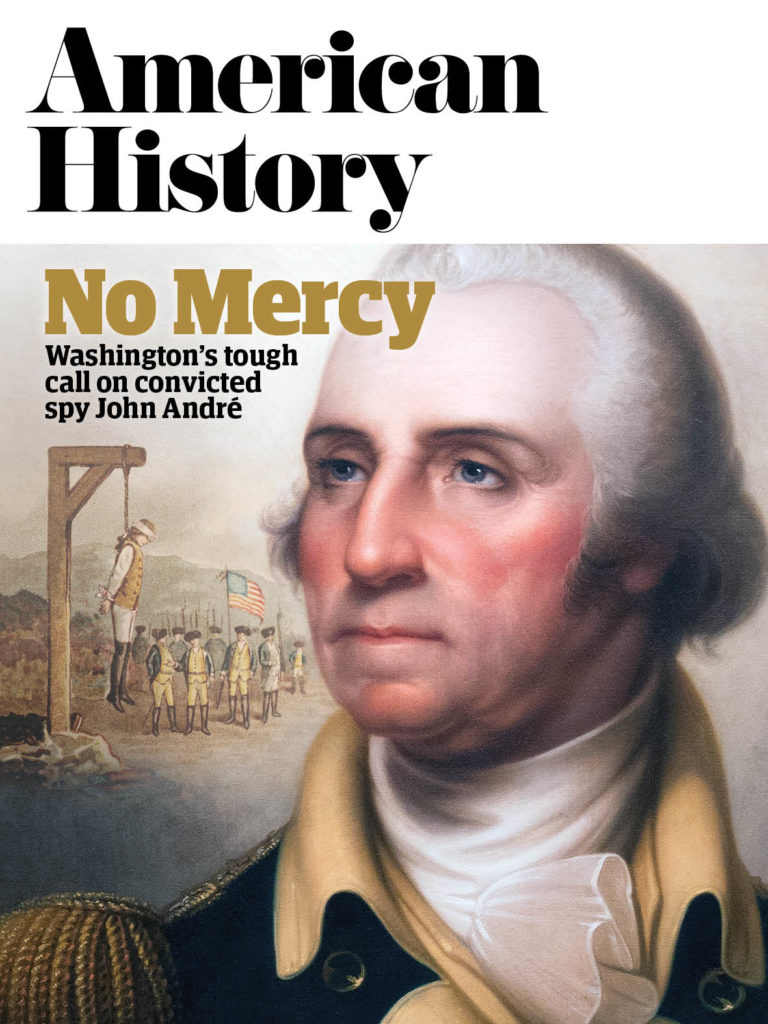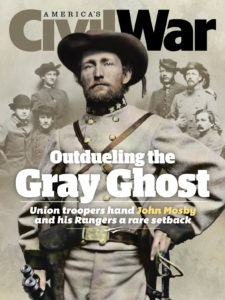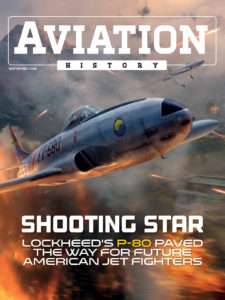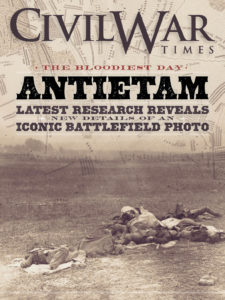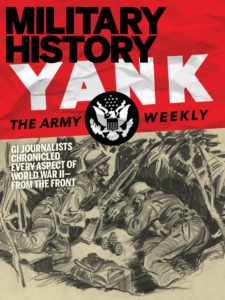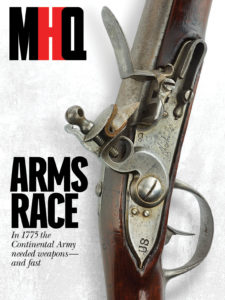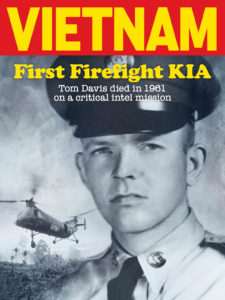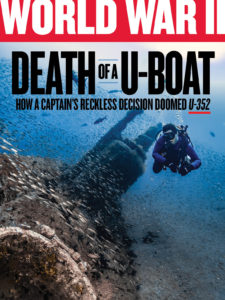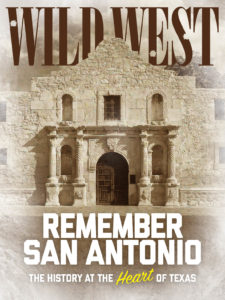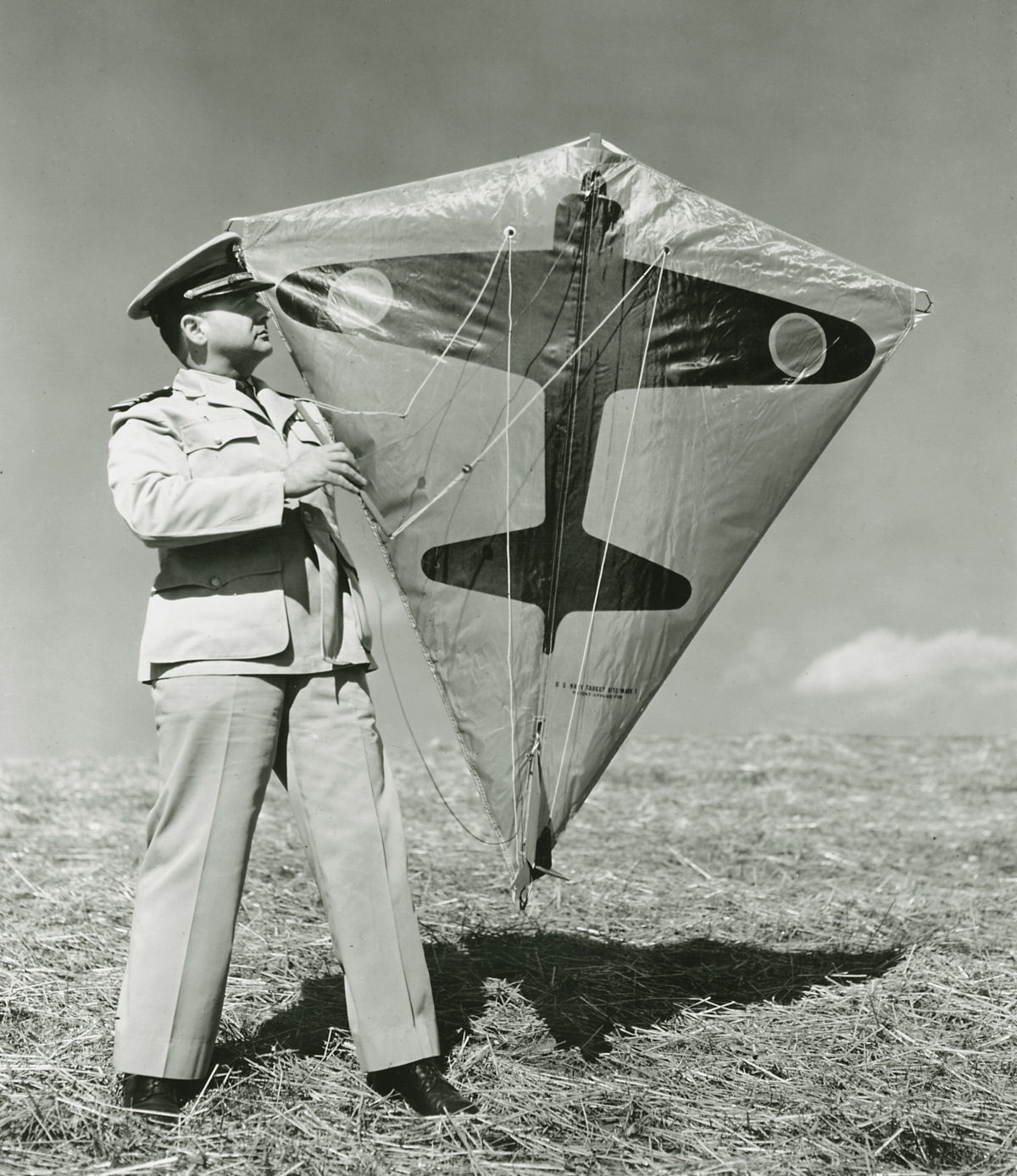During World War II, Navy commander Paul E. Garber displays a Mark I kite with the silhouette of a Japanese Mitsubishi A6M Zero. Garber developed the kites to help train anti-aircraft gunners in the United States Navy. The kites proved to be a success, and the U.S. military produced some 300,000 of them by the end of the war.
Born in Atlantic City, New Jersey, on Aug. 31, 1899, Paul Edward Garber developed a lifelong fascination with aviation after witnessing Orville Wright’s demonstration flights at Fort Myer, Virginia, in July 1909. He served in the Army during World War I and became a “temporary” employee at the Smithsonian Institution in 1920. In May 1927, while Charles Lindbergh was still over the Atlantic on his nonstop flight to Paris, Garber persuaded secretary of the Smithsonian Charles Greeley Abbott to send the aviator a cablegram requesting his airplane for the institution’s collections.
Garber left the museum to join the Navy during WWII, but he returned after the war, becoming the head curator of the Smithsonian’s National Air Museum in 1952. After retiring in 1969, Garber returned as a volunteer. At the time of his death in 1992 at the age of 93, he was the National Air and Space Museum’s historian emeritus. The museum’s original restoration facility in Silver Spring, Maryland, was named in his honor.
Garber retained his fascination with kites throughout his life. In the 1960s, he led a movement to repeal an 1892 statute titled An Act for the Preservation of the Public Peace and the Protection of Property Within the District of Columbia, which made kite flying illegal in Washington, D.C. In 1967, he founded the annual Smithsonian Kite Festival on the National Mall. Renamed the Blossom Kite Festival in 2011 after Washington’s famous cherry blossoms, the festival was put on hold in 2020 because of COVID-19, but resumed in 2022.
historynet magazines
Our 9 best-selling history titles feature in-depth storytelling and iconic imagery to engage and inform on the people, the wars, and the events that shaped America and the world.
